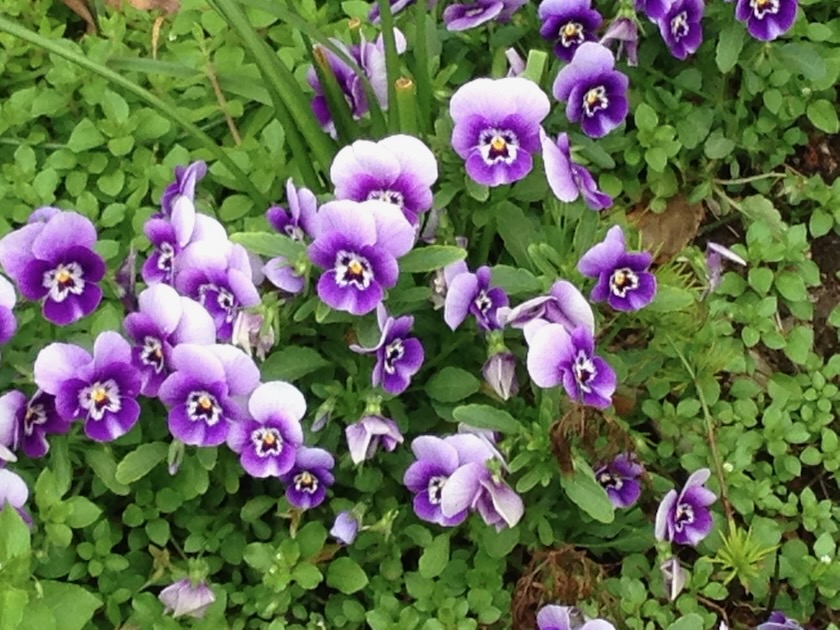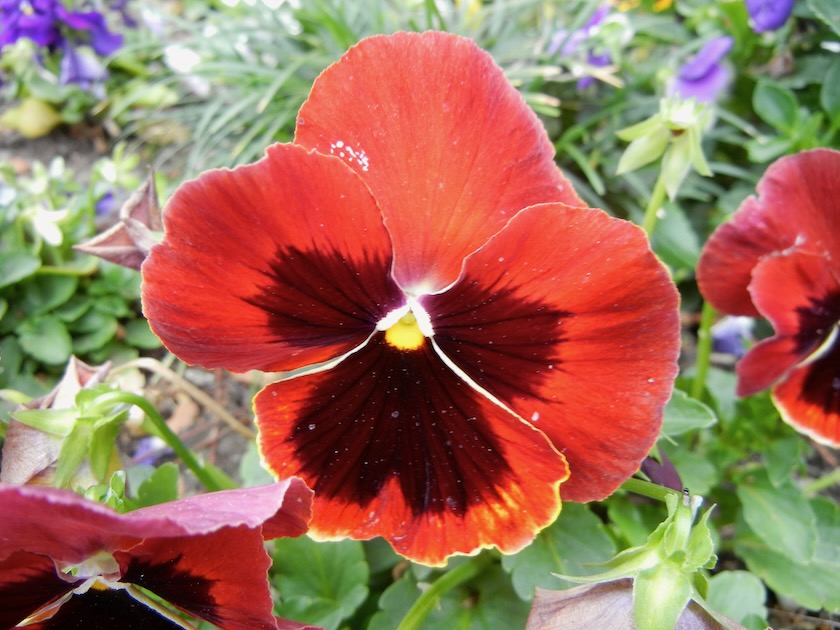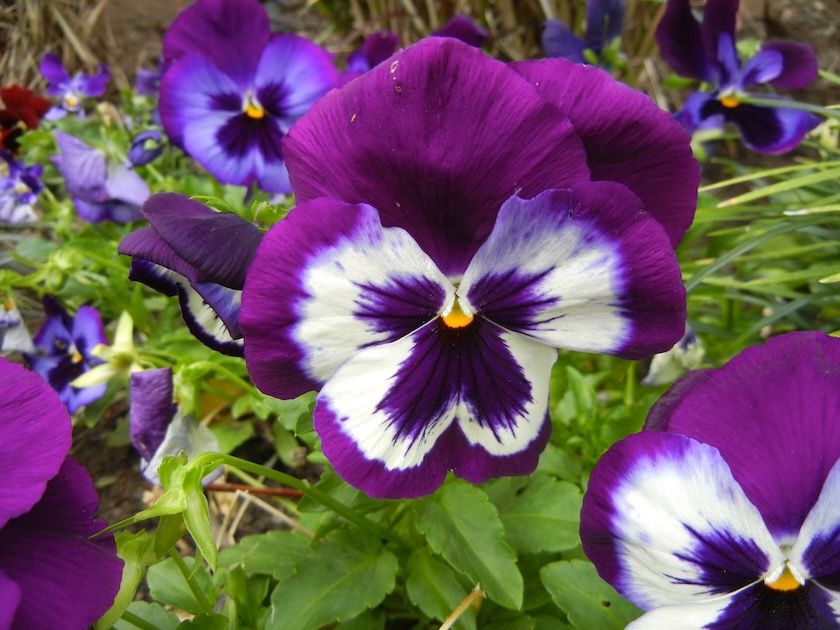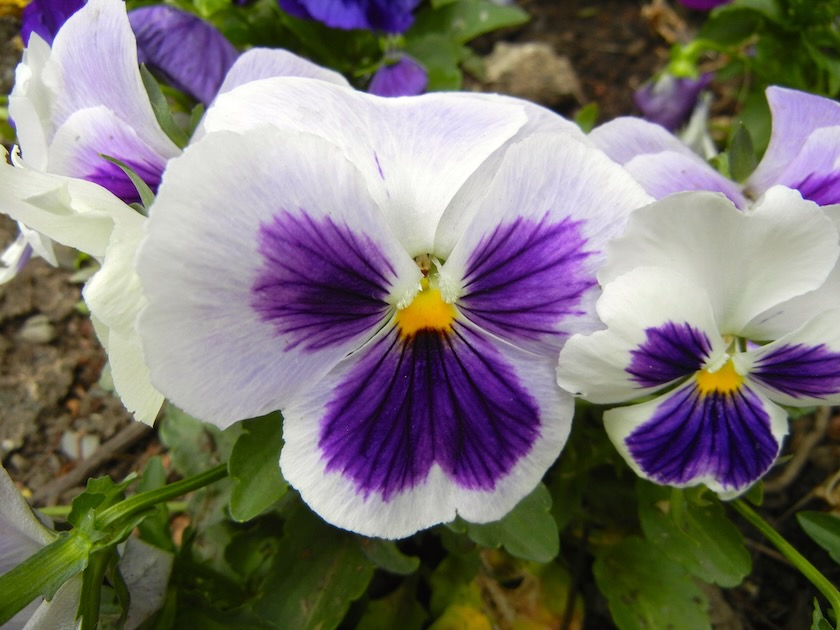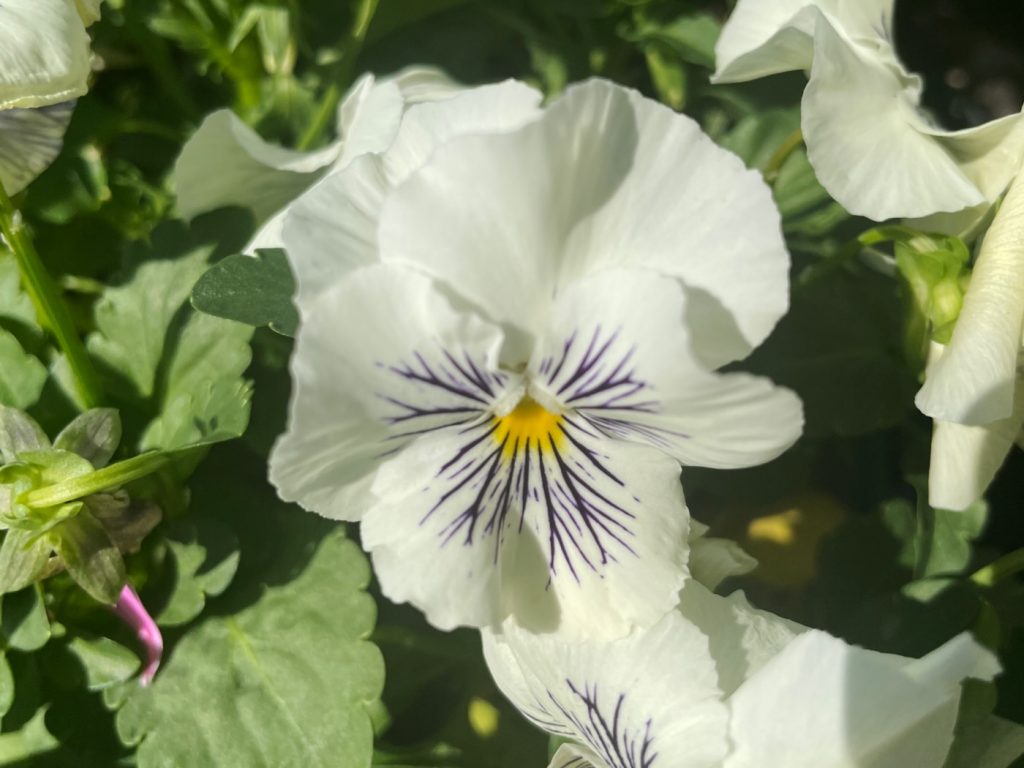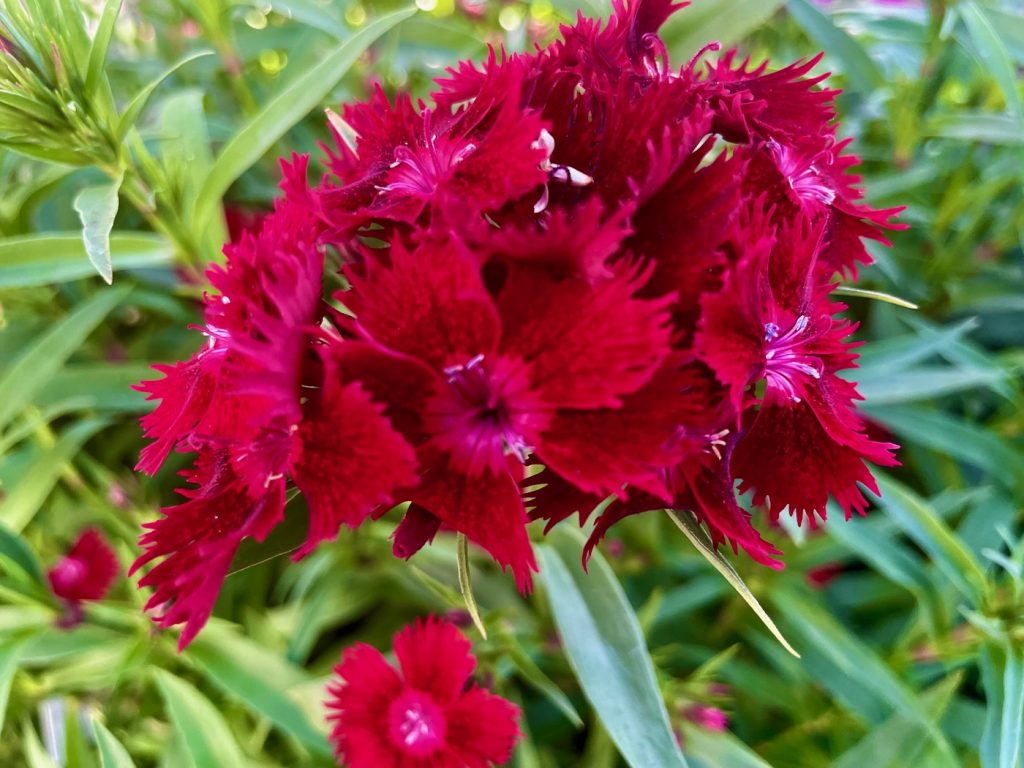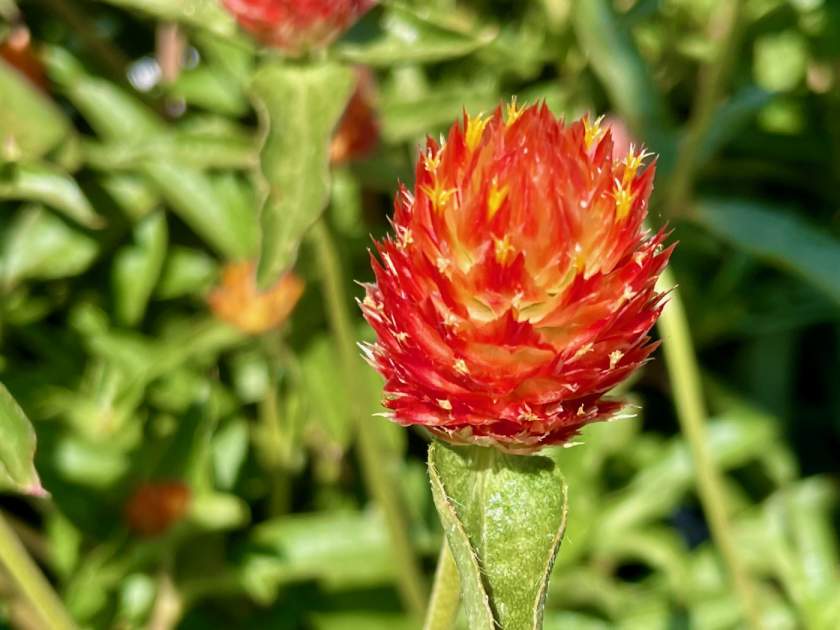Pansy: A Colorful and Versatile Flower
Pansy, also known as Viola x wittrockiana, is a cultivated violet from the genus Viola. This vibrant and versatile flower belongs to the Violaceae family of plants and offers an extensive range of bright, pretty colors and patterns. With its large heart-shaped petals that overlap each other, the pansy adds a delightful touch to any garden or landscape.
Origins and Varieties of Pansies
Pansies are a result of hybridization between Melanium and Viola species. Viola tricolor and Viola Jackanapes are related varieties of the same flower and are known for their hardiness. While they are perennials by nature, pansies are commonly grown as annuals or biennials. In regions with mild climates, they can be planted as early as September to establish strong roots for spring growth.
Although most gardeners treat pansies as annuals, they are surprisingly hardy in cold weather conditions, withstanding frost and even single-digit temperatures. In colder regions, pansies often bounce back from the cold, allowing them to provide fall and early winter colors when other flowers may struggle.
Characteristics and Categorization
Pansies come in various sizes categorized by the diameter of their flowers. The three main categories are large (3 to 4 inches), medium (2 to 3 inches), and multiflora (1 to 2 inches). Recently, a new category called trailing pansies has emerged, which includes plants with a spreading growth habit. Within each category, there are groups or series of pansies with similar characteristics, offering a wide range of colors and patterns to choose from.
The inflorescence and foliage:
Pansy flowers are known for their charming and distinctive features. Typically ranging from 2.5 to 5 cm (1 to 2 inches) in size, the flowers can vary in their dimensions depending on the specific variety. The petals of a pansy are velvety and possess a smooth, glossy texture, which can be attributed to the presence of delicate hairs on their surface. With a delightful array of colors, pansy petals can showcase combinations of blue, yellow, white, purple, pink, orange, black, or red hues. Often arranged in a captivating face-like pattern, these petals exhibit a darker center, adding further allure to the flower. Emitting a sweet and mild scent reminiscent of violets, pansy flowers provide a sensory delight.
In addition to their vibrant blooms, pansies also boast attractive leaves. The foliage is heart-shaped or oval in form, exhibiting a deep green coloration. Some variations of pansy leaves may feature variegation, with charming white or yellow markings adorning the green background. Arranged alternately along the stems, each leaf is positioned at a 90-degree angle relative to the one above it. The leaves possess a glossy sheen, contributing to their overall visual appeal. Furthermore, the foliage releases a subtle, perfumed fragrance that evokes the familiar scent of violets. With their enchanting flowers and captivating leaves, pansies bring a touch of beauty and elegance to any garden or landscape.
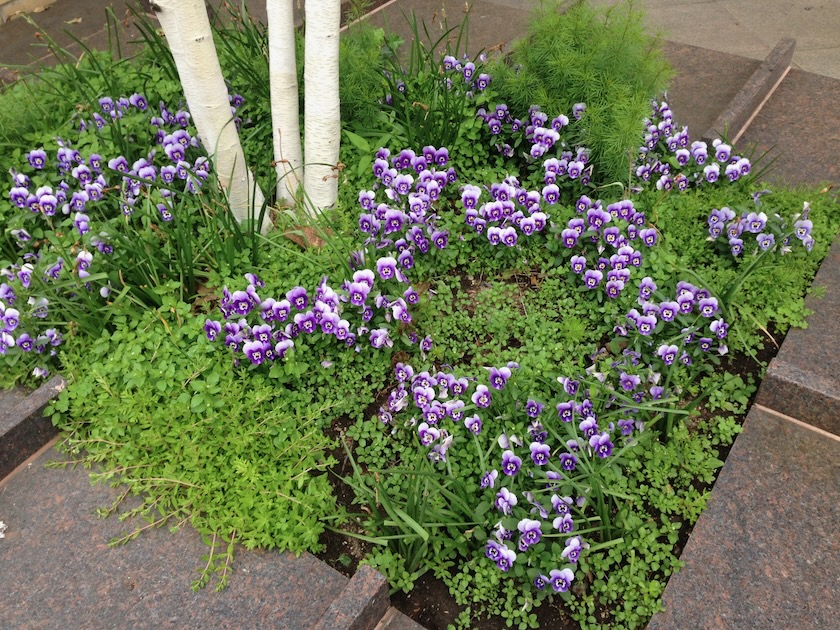
Growing Tips for Pansy:
Pansies thrive in cool-season conditions and prefer cooler temperatures. They can be planted in the spring or fall, providing vibrant blooms until the weather becomes too hot. However, they are not suitable for summer gardens in warm climates due to their low tolerance for heat.
To grow pansies successfully, choose a planting site that receives morning sun but avoids the intense heat of the late afternoon. The soil should be well-drained, fertile, and enriched with organic matter. Space the plants 7 to 12 inches apart, as they will spread about 9 to 12 inches and grow to a height of 6 to 9 inches.
While it’s easier to purchase established pansy plants from local nurseries, starting from seeds is also an option. If starting from seed, sow pansy seeds indoors in late winter, 8 to 10 weeks before the last spring frost, for early spring and summer flowering. Alternatively, start seeds in late summer for fall and winter flowering. Pansy seeds may take 1 to 3 weeks to germinate, depending on the soil temperature.
Transplant pansy seedlings when the soil becomes workable in the spring, ideally when soil temperatures range from 45°F to 65°F (7°C to 18°C). Although pansies can tolerate a light frost shortly after planting, it’s advisable to avoid planting them if temperatures are regularly reaching well below freezing.
Regular watering is crucial:
Regular watering is crucial for pansies, as insufficient moisture is a common cause of failure. Water them consistently, allowing the soil to dry somewhat between waterings to prevent waterlogging. To encourage healthy growth, use a general, all-purpose fertilizer or a slow-release fertilizer when planting.
To prolong the blooming season, regularly remove faded or dead flowers by either pinching off the flower buds or cutting them just below the faded bud. Deadheading redirects the plant’s energy towards producing more blooms.
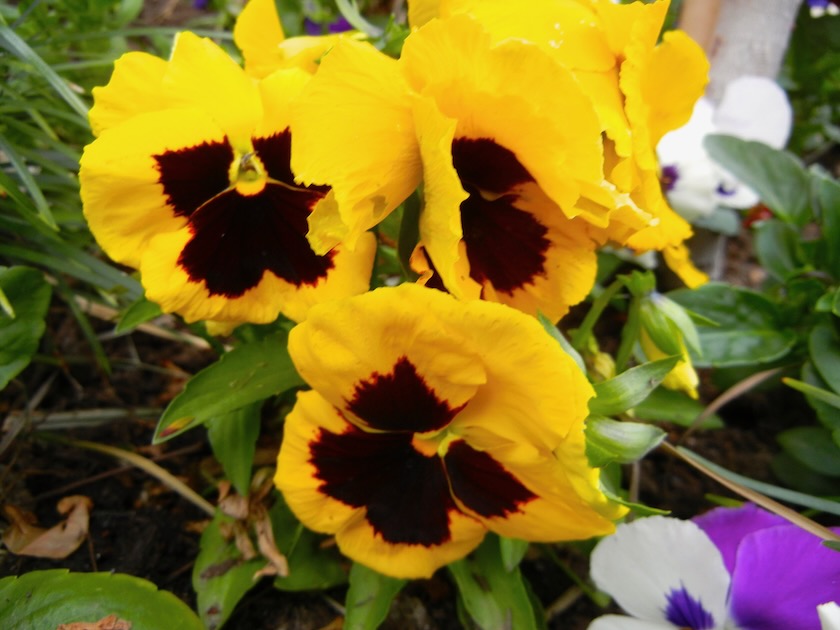
Additional Tips for Planting Pansy:
Choose a sunny to partially shaded site: Pansies thrive in areas that receive at least 4-6 hours of direct sunlight per day. However, in hotter climates, providing partial shade can help prolong their blooming period and prevent the plants from wilting in intense heat.
Soil preparation: Prepare the soil before planting by ensuring it is fertile, well-drained, and rich in organic matter. Incorporating compost or other organic amendments into the soil improves its structure, enhances drainage, and provides essential nutrients for the pansies’ growth.
Plant spacing: Space the pansy plants approximately 7 to 12 inches apart to allow for proper air circulation and prevent overcrowding. Overcrowded plants can lead to increased humidity and potential disease issues.
Watering: Proper watering is crucial for the success of pansies. Water the plants thoroughly after planting and continue to keep the soil evenly moist throughout the growing season. Avoid overwatering, as excessively wet soil can lead to root rot and other fungal diseases. Watering in the early morning allows the foliage to dry out during the day, reducing the risk of fungal infections.
Fertilization: To promote healthy growth and abundant blooms, incorporate a balanced granular or slow-release fertilizer into the soil at planting time. Follow the manufacturer’s instructions for application rates and frequency. Avoid using nitrogen-heavy fertilizers, as excessive nitrogen can result in lush foliage growth at the expense of flowers.
Pruning and deadheading:
Regularly remove faded or dead flowers by pinching off the flower buds or cutting them just below the faded bud. This practice, known as deadheading, encourages the plants to produce more blooms and prolongs the flowering season. Additionally, if the pansies start to become leggy or elongated, pruning them back by up to one-third can promote bushier growth.
Pest and disease management: Pansies can be susceptible to certain pests and diseases, including aphids, leaf spots, pansyworms, cutworms, deer, and rabbits. Monitor the plants regularly for signs of infestation or disease and take appropriate measures to manage the issues. This may involve using insecticidal soaps or organic pest control methods, providing proper cultural care, or implementing deterrents for deer and rabbits.
By following these tips, you can ensure successful growth and abundant blooms from your pansy plants. Enjoy their colorful and cheerful display in your garden or containers throughout the cool seasons!
